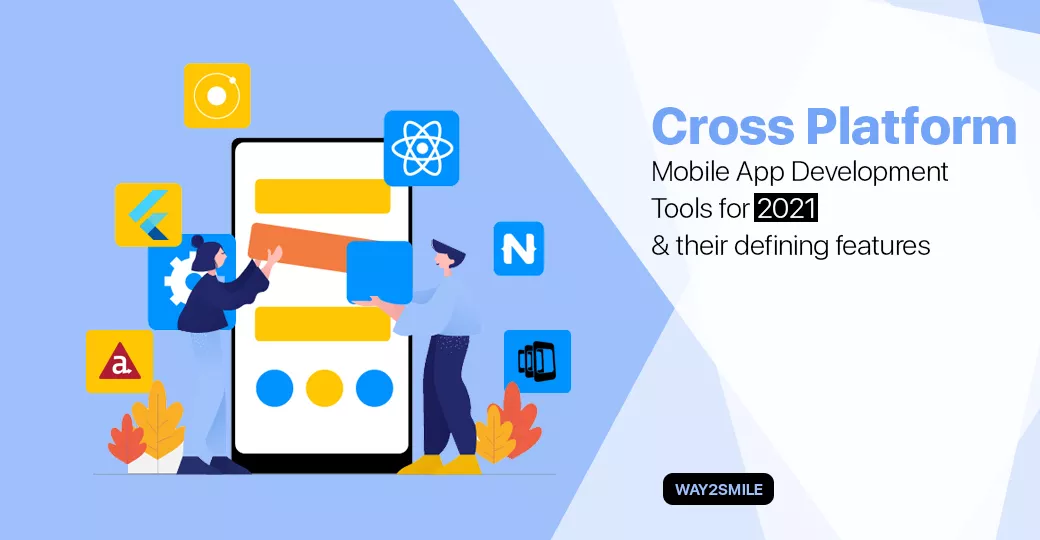When developing a mobile app for two platforms, developers often find that the process requires more time and development costs. The average time required to write code for two platforms is 1.5 to two times longer than for one platform. To offset this increased time requirement, developers should plan to allocate a larger development budget for their apps.
Xamarin
Xamarin is a framework that helps developers build performance-driven applications for both Android and iOS. Using this platform will reduce engineering time to market, which can be valuable when development cycles are tight. In addition, Xamarin supports a single technology stack, which means you can focus on one project rather than multiple platforms. This framework is easy to use and requires only Visual Studio to get started. It can help you create a prototype app in one day. Xamarin also makes it possible to test your app without real devices, which is invaluable in the early stages.
Another key benefit of Xamarin is that it simplifies updating and maintenance of apps. One developer can update both an iOS app and an Android app at the same time. By using the same code base, it only takes half of the time to make the update.
JavaScript
JavaScript is a popular alternative to native platform languages for cross-platform mobile development. JavaScript is compatible with HTML5 and other widely used languages and can be used to build a variety of mobile applications. Its benefits include the ability to create a universal app and minimal changes to the codebase.
JavaScript is the most common programming language for web-based applications. Typically, JavaScript is used in conjunction with HTML5 and a Java Virtual Machine for low-level code execution.
Native Development
Native development is a better choice if your app needs to run on a predefined platform, such as Android or iOS. These applications are optimized for the specific platform, meaning they run faster and are easier to use. They are also more secure and intuitive, as they can use the device’s native features. However, native development is more expensive and requires collaboration between developers & frontend services teams, which can lengthen development cycles.
There are many advantages to developing native apps over cross-platform apps. Native apps are typically faster and more stable than cross-platform apps. Native apps are also compiled with specific devices and architecture in mind.
Code Reuse
Using cross-platform development techniques, developers can build a single app that will run on several platforms, thus reducing development time. It also eliminates the need for different coding styles or different operating systems. Using a single code base also makes app updates faster and easier. In addition, developers will need fewer tools and technologies, which translates to big cost savings.
While cross-platform development can make mobile apps universally compatible, it can never guarantee 100 percent code reuse across different platforms. Some code will be platform-specific, even if you’re using the same framework and design. The percentage of code reuse will depend on your app’s architecture, framework, and features. For instance, a mobile app that uses HTML5 will be able to reuse more code than an app that uses JavaScript.
Costs
Developing a cross-platform mobile application involves building software that can run on different mobile operating systems. This type of app development is quicker than native app development because developers have to write only one codebase and can then create multiple applications at once. Because of this, cross-platform applications are often less expensive and take less time to develop than native apps.
Costs of cross-platform development vary by the operating system. For example, Android is a free, open-source operating system that is widely used. It is used by many devices, including iPhones and iPads. iOS users are also more likely to spend more on media and shopping on their phones. Developers who work with iOS have fewer restrictions on the number of devices and versions, and their apps can use the latest APIs.
